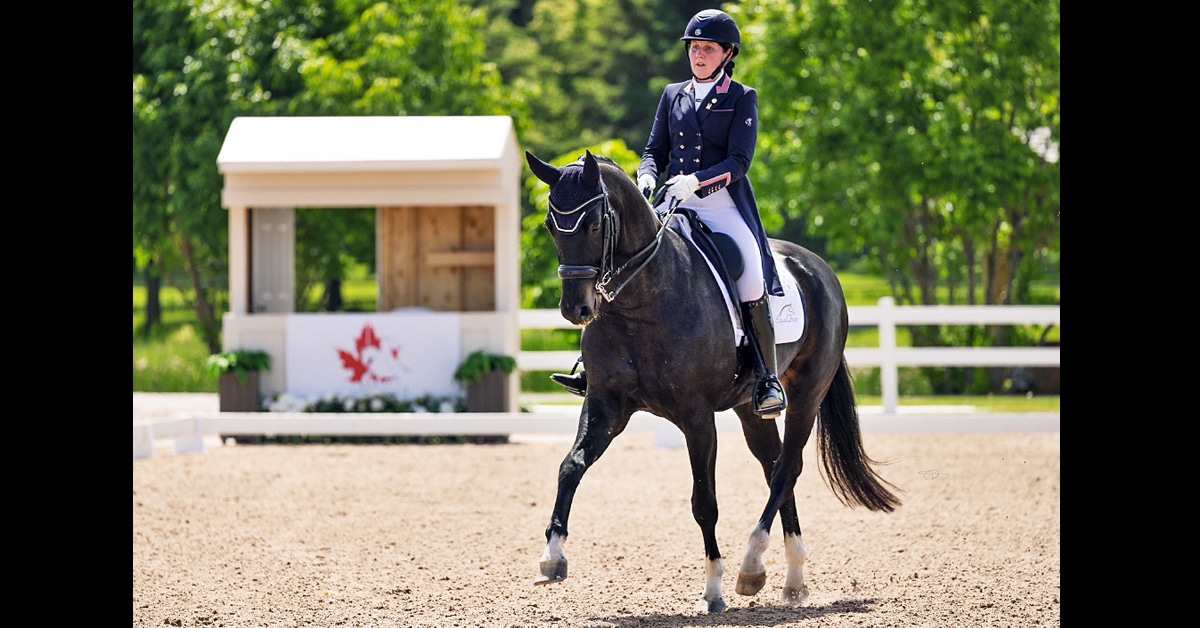On January 18, 2019 the Ontario Ministry of Agriculture, Food and Rural Affairs (OMAFRA) was notified of two cases of equine herpes viral abortion caused by equine herpesvirus-1 (EHV-1) at a farm in Haldimand County. The two mares aborted during their ninth and tenth month of pregnancy. One week prior to the abortions, two horses on the same farm suddenly developed neurological signs consistent with the neurological form of EHV-1 infection, also known as equine herpes myeloencephalopathy (EHM). These horses were euthanized and no further diagnostic testing was performed. The farm owner has voluntarily placed the premises under quarantine to reduce the risk of disease transmission.
In Ontario EHV-1 infection is immediately notifiable by laboratories to OMAFRA under the Animal Health Act. Attending veterinarians concerned about cases of equine herpesvirus-1 infection may contact an OMAFRA veterinarian through the Agricultural Information Contact Centre at 1-877-424-1300.
Because a fever (101.5 °F or 38.6 °C) may be the first indication of infection, the body temperature of exposed animals should be monitored twice daily for 21 days and any abnormalities discussed with a veterinarian. Neurological signs, if they develop, may include loss of balance, hind-limb weakness, difficulty urinating, decreased tail tone, depression and being down and unable to rise. It is important that a veterinarian assess horses demonstrating neurological signs since it can be difficult to distinguish this from other serious diseases such as rabies.
EHV-1 infection is easily spread to other horses by nose-to-nose or close contact with an infected horse or aborted fluids, by sharing contaminated equipment including bits, buckets and towels or by the clothing and hands of people who have recently had contact with an infected horse.
Prevention is the best medicine
Biosecurity is key to preventing spread of EHV-1. Strict routine biosecurity measures are the best way to minimize viral spread and should be in place at all times to prevent a disease outbreak, including hand hygiene and basic cleaning and disinfection practices.
Pregnant broodmares should be housed separately from other groups of horses such as young stock, boarders and horses in training.
Stress increases the risk of horses shedding the EHV-1 virus, even years after initial infection. Stress caused by severe weather should be minimized by access to appropriate shelter, food and water. And stress due to transport and mixing of social groups should be avoided when possible in the last trimester of pregnancy.
Current EHV-1 vaccines that protect against abortion should be administered during the 5th, 7th and 9th months of pregnancy and according to the manufacturer’s guidelines to limit the amount and time that the virus is shed. EHV-1 vaccines marketed for prevention of respiratory disease may reduce viral shedding but are not protective against developing the neurological form of the disease in the vaccinated animal.
For additional information:
OMAFRA
Preventing Disease Spread – Personal Hygiene and Disinfectants around Horse Barns
Horses – Health Management and Biosecurity
Equine Neurological Disease Surveillance 2018
CFIA
National Farm and Facility Level Biosecurity Standard for the Equine Sector
EQUINE GUELPH
Equine Biosecurity Risk Calculator
ALBERTA VETERINARY MEDICAL ASSOCIATION AND ALBERTA EQUESTRIAN FEDERATION
Equine Biosecurity Principles and Best Practices
Agricultural Information Contact Centre
1-877-424-1300
ag.info.omafra@ontario.ca
www.ontario.ca/omafra
More News










